
Does your organization have an emergency action plan? If so, review your organization’s policy or
process for creating the plan. Determine if an active shooter preparedness plan can fit into your
organization’s overarching plan which may already include a plan for fire evacuation, severe weather,
and bomb threats.
Obtain a copy of the Federal Emergency Management Agency’s (FEMA) Comprehensive Preparedness
Guide (CPG) 101 “Developing and Maintaining Emergency Operations Plan” and review the six step
planning process.
Explore the Department of Homeland Security’s Active Shooter Preparedness Website to better
understand the active shooter threat.
View the Options for Consideration Video to recognize possible actions to take if confronted with an
active shooter scenario.
Download and review the Active Shooter Preparedness Workshop Series presentations. This six module
series contains additional information, instructor notes, and videos that supports the Active Shooter
Emergency Action Plan process. The Planning Steps (1-6) below will correlate to the Training Modules
(1-6) in the presentation slides. Example: Module 2 will assist with completing Planning Step 2a and 2b.
1
Emergency Action Plan Guide
Active Shooter Preparedness
Purpose
The Active Shooter Emergency Action Plan Video is a virtual learning tool that describes the fundamental
concepts of developing an Emergency Action Plan (EAP) for an active shooter scenario. This instructive video
guides organizations through important considerations of EAP development utilizing the first-hand perspectives
of active shooter survivors, first responders, and other subject matter experts who share their unique insights.
Organizations are encouraged to use this guide as a medium to document the initial steps toward creating an
Active Shooter preparedness plan. This guide is not meant to replace your organization’s Emergency Action
Plan. Rather, it is a tool that begins the EAP development process.
Pre-Planning Recommendations and Suggested Training
How to Use This Guide
Step 1 – Review the pre-planning recommendations and suggested training.
Step 2 – Allot at least 2-hours to complete the Active Shooter Emergency Action Plan video.
Step 3 – Watch the EAP video.
Step 4 – Complete Planning Steps 1-6. Use the fillable space to document the initial steps required to begin
developing the organization’s Emergency Action Plan. Note: The Planning Steps contain information derived
from the EAP video and other online resources to help inform the planning process.
Step 5 – Begin drafting the organization’s Active Shooter Emergency Action Plan. Refer to the EAP Guide and
resources listed in Pre-Planning Recommendations and Suggested Training as required.

2
Emergency Action Plan Guide
Active Shooter Preparedness
Planning Step - 1
Identify a cross-section of employees to represent your organization. The members should represent a broad
perspective and include key segments of the organization. It is recommended that teams contain at least four
members to ensure diversity of awareness and less than 10 members to avoid an unmanageable group. The
positions listed below are examples of collaborative planning team members. Refer to CPG 101 page 4-2
for additional information.
Position
Name
Contact Information
Form a Collaborative Planning Team
Human Resources
Information Technology Managers
Security, Risk or Safety Managers
Legal Advisors
Facility Managers or Engineers
Persons with Disabilities or Functional Needs
First Responders (Police, Fire/EMS)
Communication Managers
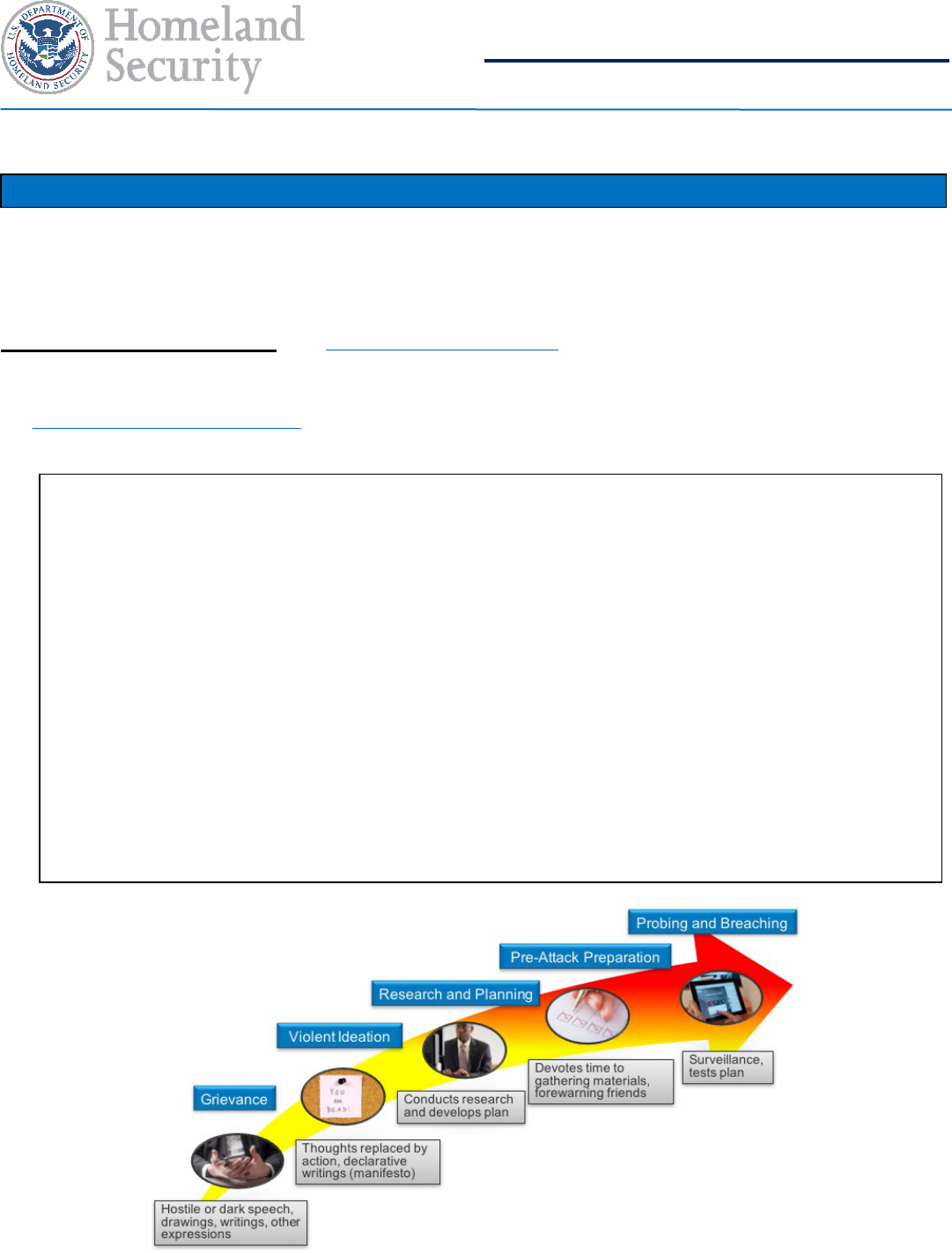
3
Emergency Action Plan Guide
Active Shooter Preparedness
Planning Step – 2a
Effective prevention capabilities encompass three areas: training employees to recognize behaviors on the
Pathway to Violence, a system for reporting that is tailored to your organization, and development of
intervention capabilities that are trained and resourced to appropriately evaluate potential threats.
Pathway to Violence Training: The Pathway to Violence Video provides information regarding the
behavior indicators that assailants often demonstrate before a violent act. It includes law enforcement expert
interviews that discusses engagement strategies and recommended responses. Organizations can also refer to
the Pathway to Violence Fact Sheet for additional information. Describe how you will train your
organization to recognize the indicators of someone on a pathway to violence.
Develop an Active Shooter Prevention Plan
Observable steps of someone
on a pathway to violence.
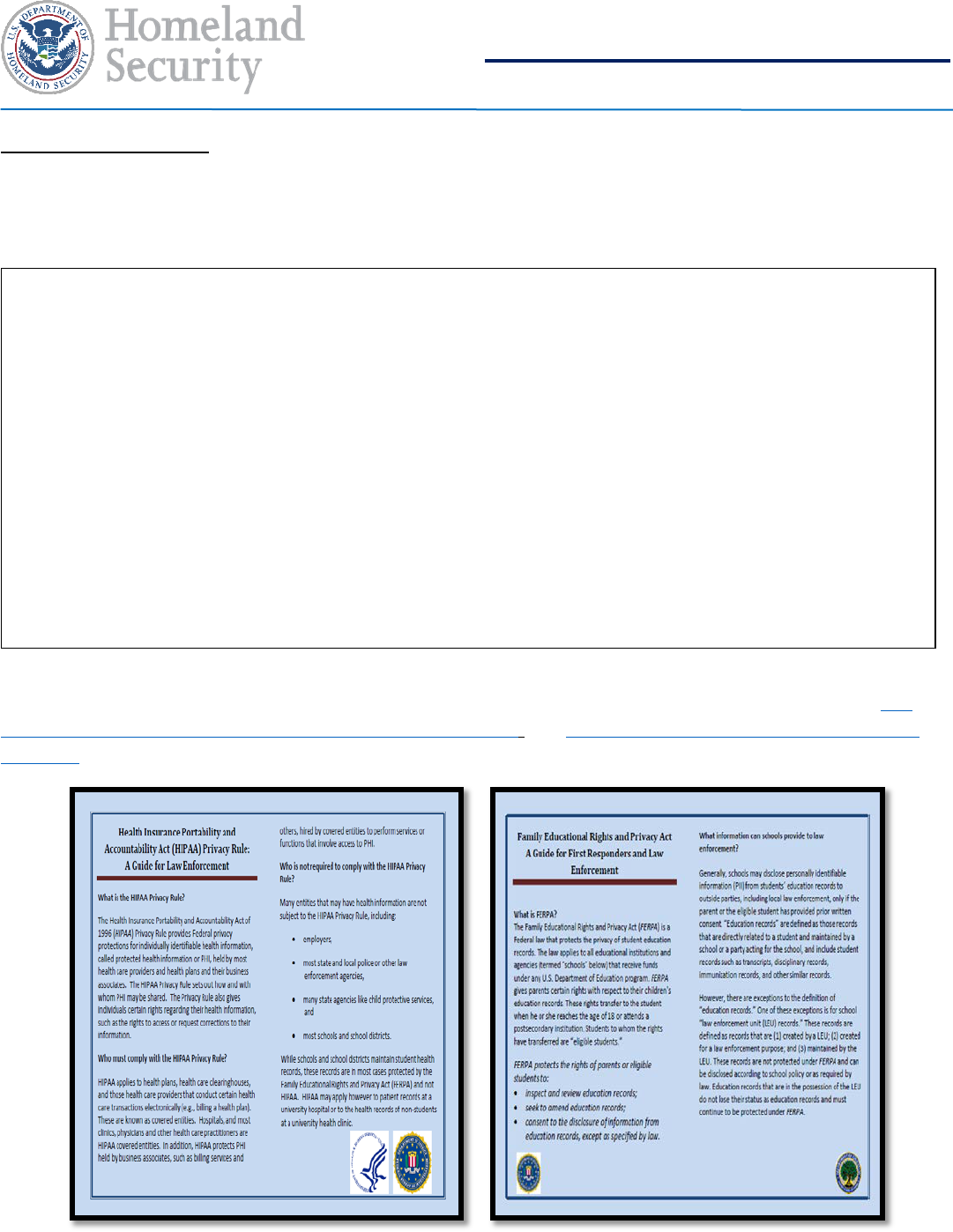
4
Emergency Action Plan Guide
Active Shooter Preparedness
Reporting Mechanism: Describe the reporting process for your organization. Consider the types of
information reportable to supervisors, security, human resources and law enforcement. How will employees
know about the reporting process (policy, training, etc.)? How can the organization develop a culture of
reporting?
Note: It’s very important to consult with legal advisors throughout the planning process. For example, The
Health Insurance Portability and Accountability Act (HIPPA) and Family Education Rights and Privacy Act
(FERPA) both have exceptions that allow for information sharing to protect the health and safety of individuals.

5
Emergency Action Plan Guide
Active Shooter Preparedness
Intervention Resources: Describe your organization’s process to intervene early and prevent violence.
Does your organization have a Threat Management Team (TMT) to conduct threat evaluations? If not, who
should be on your team and how will they be trained? Consider including members from security, human
resources, employee assistance and mental health. Learn more about TMT in the Federal Bureau of
Investigation’s “Making Prevention a Reality: Identifying, Assessing and Managing the Threat of Targeted
Attacks” chapter 5.
Threat Management Team / Intervention Resources
Position
Name
Contact Information
Awareness + Action = Prevention

6
Emergency Action Plan Guide
Active Shooter Preparedness
Planning Step – 2b
Organizations should consider all threats, vulnerabilities and associated consequences during their risk
assessment. FEMA’s CPG 201 “Threat and Hazard Identification and Risk Assessment Guide” is an effective
resource to use when conducting risk assessments. Conducting a risk assessment will ensure organizations
understand their situation, prioritize their actions, identify and compare options, and effectively allocate their
resources.
An important threat for organizations to consider is Workplace Violence. Having an effective workplace
violence policy can protect lives and prevent legal liability. Ensure your policy supports the Occupational
Safety and Health’s General Duty Clause.
Estimate the Risk Factors your organization faces:
Do you operate a controversial business?
Do you have security measures on-site or off-site?
Does your business have high-stress positions?
What is your organizations security protocols?
Do you have a history of work place violence or
prior threats / incidents?
What is your work environment? (open access to
the public, large crowds, high-risk neighbors)
List prior threats and violent incidents:
What is the most likely type of Workplace Violence your organization may encounter?
Conduct a Risk Assessment
TYPE 1: Violent acts by criminals who have
no other connection with the workplace, but
enter to commit robbery or another crime.
TYPE 2: Violence directed at employees by
customers, clients, patients, students, inmates,
or any others for whom an organization
provides services.
TYPE 3: Violence against coworkers,
supervisors, or managers by a present or
former employee.
TYPE 4: Violence committed in the workplace
by someone who doesn’t work there, but has a
personal relationship with an employee—an
abusive spouse or domestic partner.
Type 1

7
Emergency Action Plan Guide
Active Shooter Preparedness
Planning Step - 3
Goals are broad statements of what personnel, equipment and resources are supposed to achieve. Objectives
lead to achieving goals and determining the actions that participants in the process must accomplish. Goals and
objectives are key to determining operational priorities and resources required to achieve a needed capability.
Active Shooter preparedness goals and objectives may vary depending on an organization’s security posture,
physical environment and available resources. Consider the following to determine what goals and objectives
are needed in your organization. Use the space provided to describe additional goals and objectives.
Access control
Updated access ro
sters
Lockdown procedures
Shelter
in
place (door locks)
Notification
Employees
Visitors
Di
s
abled (Seeing / Hearing impaired)
Non-English speakers
Evacuation
Routes
People with disabilities
Rally points
Emergency responder coordination
Organization
liaison
Go-bags (facility maps, master keys, etc)
Accountability
Reporting procedures
Communications management
First responders / incident commander
Survivors
Family
Media
Short-term recovery
Hours
Days
Weeks
Long-term recovery
Months
Years
Anniversary
Establish Goals and Objectives
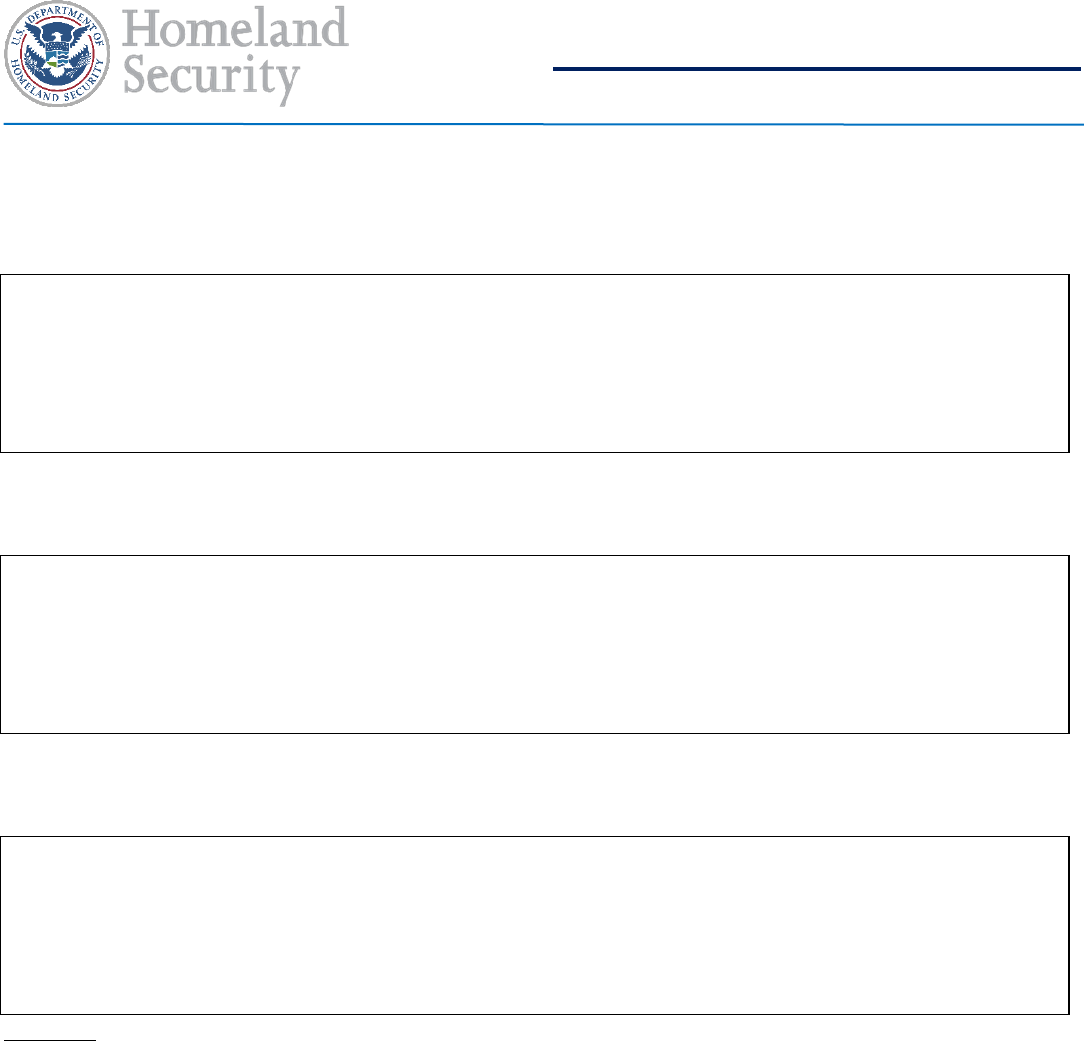
8
Emergency Action Plan Guide
Active Shooter Preparedness
Describe a security/response goal and objective. Include the resources your organization needs to achieve the
goals (without regard for the resource availability).
CPG-101 (page 4-11)
Goal
Objecti
ve
Res
ource
Example:
Goal: Achieve 100% notification and acknowledgement of Run-Hide-Fight message among all
personnel. Conduct immediate accessible messaging or notification by all methods, including texting and pop-
up notification on the computer.
Objective: Immediately initiate emergency notification protocol, to include proliferation of Run-Hide-Fight
message via all available mediums, such as telephone, pager, email, SMS, MMS, public announcements
systems, desktop/website banners, social media, etc. Encourage acknowledgment of message when
feasible/prudent for accountability purposes. Utilize all communications methods to notify all persons of an
active shooter incident within a short period onset.
Resource: Accessible notification software, public address system, captioning, outgoing texting through
emergency notification in the area. New technologies being developed that may be applicable.
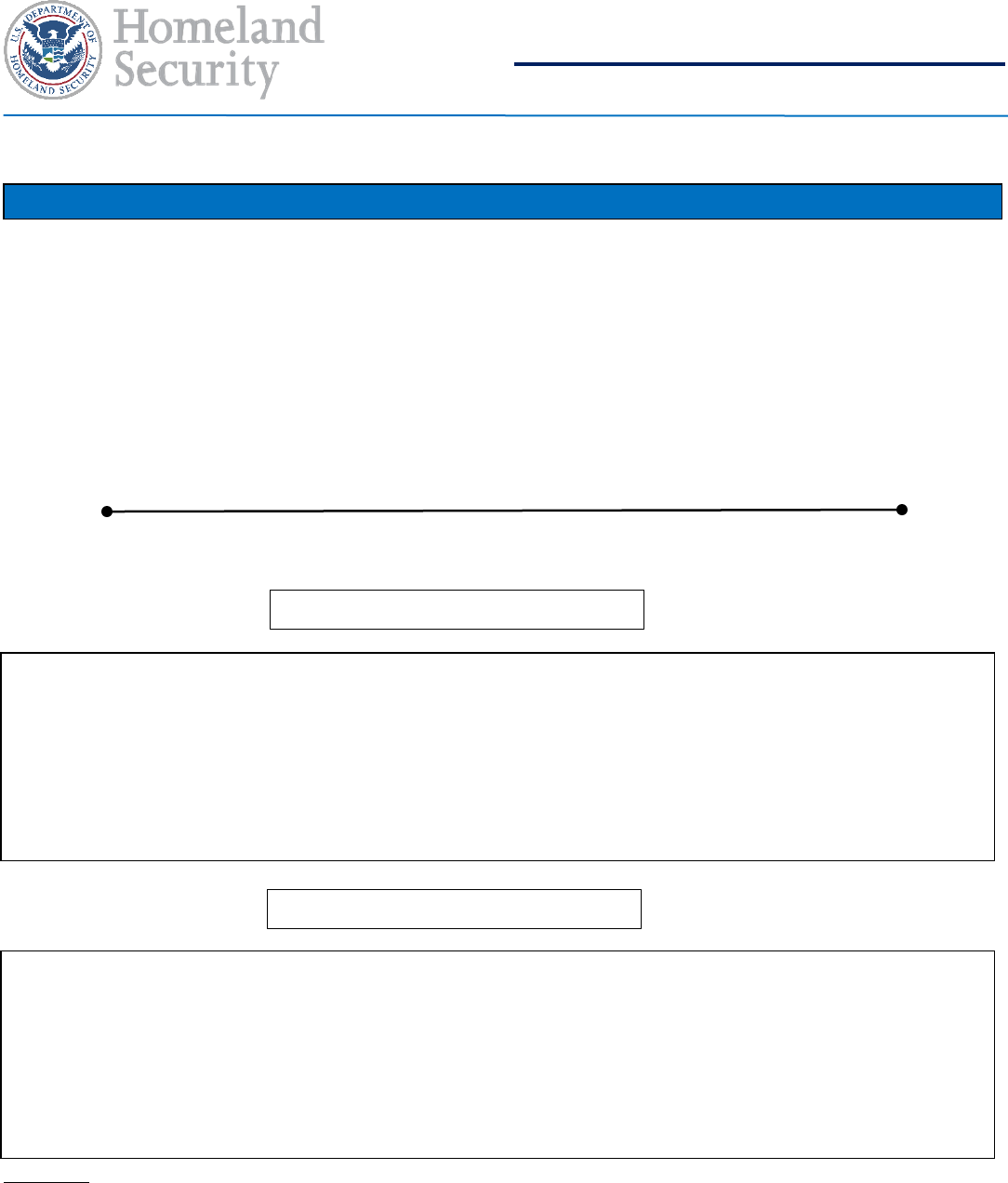
9
Emergency Action Plan Guide
Active Shooter Preparedness
Planning Step - 4
Organizations must develop and analyze courses of action (COA) that accomplish specific goals and objectives.
T
he COA should have a desired outcome that is measurable and incorporates an organization-wide focus.
Assign the COA development to a member of the organization and include a timeline with decision points.
Describe at least two courses of action supporting the goal and objective listed in Planning Step – 3 along with
an anticipated timeline. CPG-101 (page 4-12)
Timeline: Establish preliminary start, review, and completion dates to establish expected timeframe.
Start Review Complete
COA #1 – Assigned to:
COA #2 – Assigned to:
Example:
COA 1: Utilize computer screen with real-time caption pop-up announcements, “All-Call” alert for staff.
COA 2 : Sent a text to all employees “Run, Hide, Fight – Active Shooter on premises”.
Assess Courses of Action

10
Emergency Action Plan Guide
Active Shooter Preparedness
Planning Step - 5
A planning team’s main concern is to develop an Emergency Action Plan that includes all essential
information and instructions that protect against an Active Shooter. CPG 101 (pages 3-1 & 4-16) recommends
a format that users understand, are comfortable with, and can extract the information they need. Organizations
are encouraged to use the Active Shooter Emergency Action Plan Template if they do not have an established
format.
Draft the Plan
Determine if the Active Shooter plan will stand alone or supplement a main emergency plan. As seen below,
organizations typically have a main emergency plan with annexes that cover specific hazards.
Recommended Rules for Drafting Plans – CPG 101 (page 4-16)
o Keep the language simple and use short sentences in active voice.
o Summarize important information with checklists and visual aids, such as maps and flowcharts.
o Avoid using jargon and minimize the use of acronyms.
o Provide enough detail to convey an easily understood plan that is actionable.
o Format the plan so that readers can quickly find solutions and options.
o Provide mission guidance and avoid discussing policy.
o Ensure accessibility by developing alternate formats: e.g. print, electronic, video.
Draft Plan and Approve
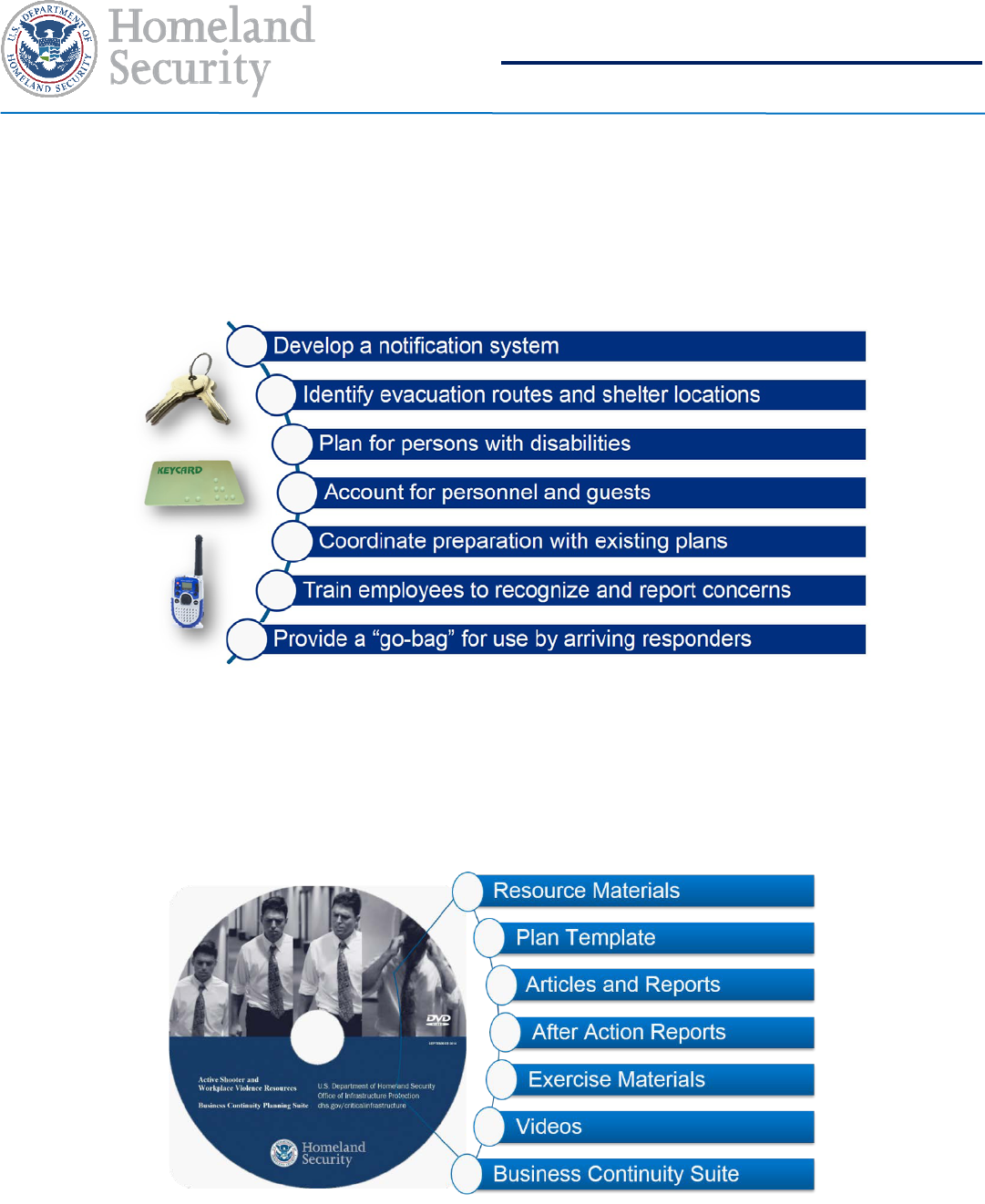
11
Emergency Action Plan Guide
Active Shooter Preparedness
Validate the Plan and Prepare for Approval – CPG 101 (page 4-17)
Check to ensure the written plan supports all goals and objectives developed by the planning group. Coordinate
with a legal adviser to confirm plan supports all local, state, and federal regulatory and statutory requirements
including Americans with Disabilities Act (ADA) mandates.
Approve and Disseminate
Staff the plan through the organization’s official approval process. This will ensure all relevant staff have input
and organization-wide support before senior leadership approval. Once approved, ensure widest dissemination
possible using various communication channels. The next step is to begin training and exercising the plan.

12
Emergency Action Plan Guide
Active Shooter Preparedness
Planning Step - 6
Train
After an Emergency Action Plan is approved and disseminated, organizations should train their personnel so
they have the knowledge, skills, and abilities to perform the tasks identified in the plan. Training can be
accomplished in a variety of ways including new employee orientation, “All Hands” meetings, conferences and
workshops, newsletters and internal broadcasts, and online courses.
Describe ways your organization can train. Useful FEMA Online Independent Study Courses
IS 906
Workplace Security Awareness
IS 907
Active Shooter: What You Can Do
IS 914
Surveillance Awareness: What You Can Do
IS 915
Protecting Critical Infrastructure Against Insider Threat
Exercise
Evaluating the effectiveness of plans involves a combination of training events and exercises to determine
whether the goals, objectives, decisions, actions, and timing outlined in the plan led to a successful
response.
Conducting regular exercises help organizations discover resource gaps, develop individual performance,
improve coordination with local, state, and federal partners, and identify opportunity for improvement.
FEMA’s Homeland Security Exercise and Evaluation Program (HSEEP) provides a set of guiding principles for
exercise programs. Organizations can use HSEEP to develop, execute, and evaluate exercises that address their
Active Shooter preparedness.
In addition, the DHS Sector-Specific Tabletop Exercise Program (SSTEP) provides an exercise planning
resource to assist critical infrastructure owners and operators design their organization's tabletop exercise.
Develop a time line to accomplish the milestones
displayed to the right. Leveraging this “crawl,
walk, run” method helps organizations prepare their
staff and improve their
plan.
Remember – Planning is a Process of
Continuous Improvement.
Training and Exercise
